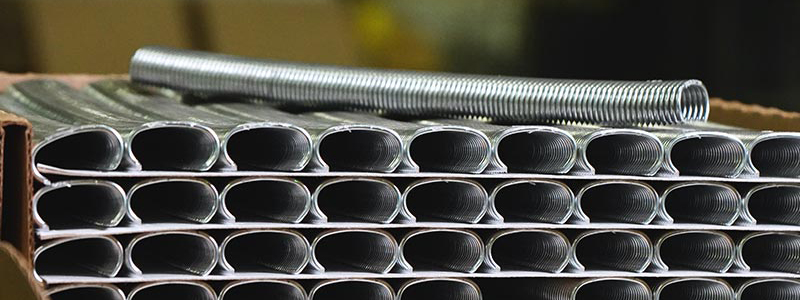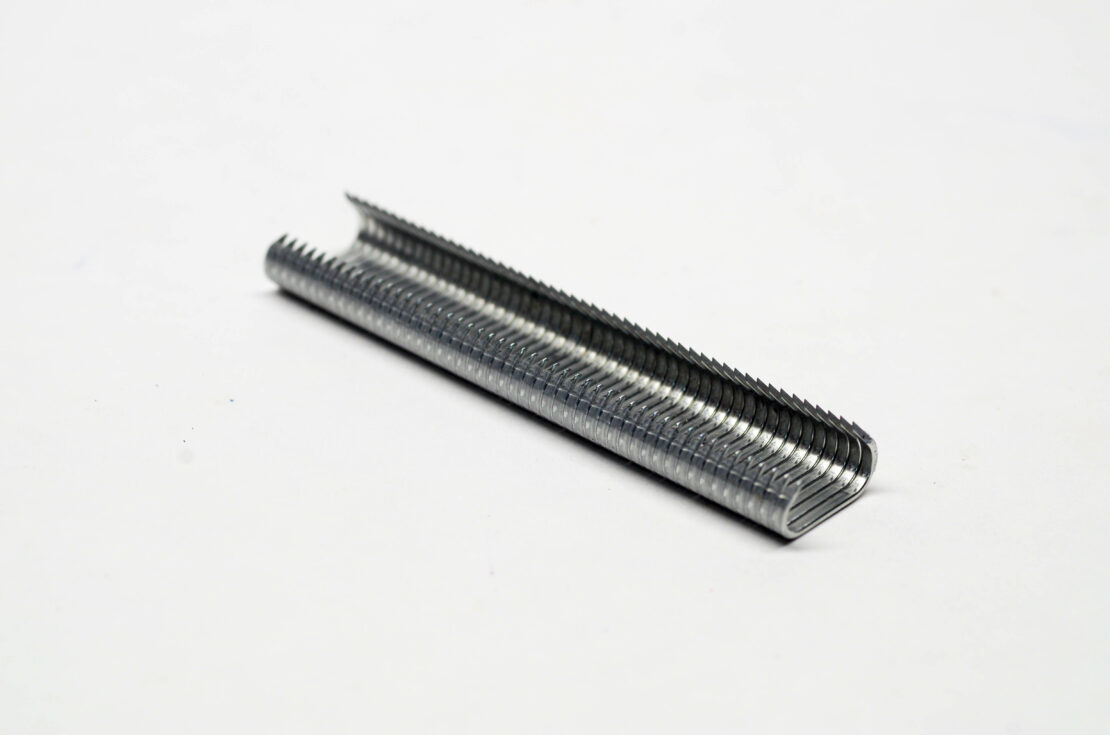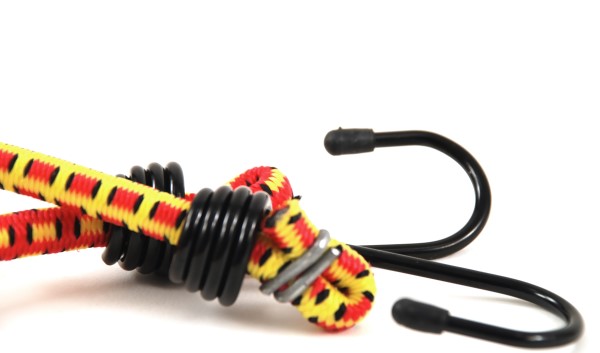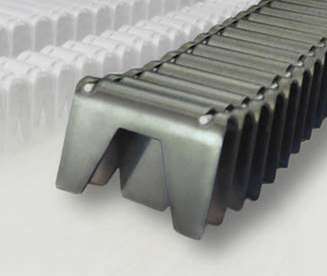
Hog Rings Versus Clinch Clips
Hog rings and clinch clips are both reliable, durable fastening options, but they’re not the same. Their primary differences are how they’re shaped, how they secure materials, and their typical applications.
Keep reading to learn more.
What Are Hog Rings?

A hog ring starts as a C- or D-shaped ring, similar to a staple. This ring is loaded into a gun or pair of specialty pliers. The pressure of the tool pinches the ends together to create a ring, wrapping around the materials being joined.

Hog Ring Applications
- Upholstery/car seat cover installation
- Wire fencing projects
- Closing heavy bags
What Is a Clinch Clip?

Clinch clips have two legs or prongs, similar to staples, that can be made from stainless steel, hot-dip galvanized, aluminum, or other sturdy materials. They’re typically installed with specialty staplers or carton-sealing equipment. Unlike hog rings, which wrap around and lock materials, clinch clips are more like traditional staples, which punch through the material and fold (clinch) over layers.
Clinch Clip Applications
- Sealing cardboard boxes
- Bedding

Choosing Between the Two
While both options offer secure fastening, they aren’t interchangeable. There are a few factors to consider when choosing between these two options:
- Material: Hog rings are better for pliable or flexible materials, like fencing wire or upholstery fabrics, while clinch clips are ideal for thicker or more rigid materials.
- Strength: Hog rings are often ideal for heavy-duty attachments, while clinch clips are used for medium and sometimes heavier-duty applications. With clinch clips, strength really depends on the size of the clip and how thick the material being joined is.
- Cost: Both are affordable and similarly priced. Costs will increase based on materials (stainless steel ones, for example, will be more expensive) and size.
- Removal/Replacement: Hog rings are a more permanent fastening option, as they need to be cut or pried open, while clinch clips can often be easily removed with staple removers or pliers.
Find Your Solution at King Steel Fasteners
King Steel Fasteners is a trusted supplier of fasteners, including hog rings, clinch clips, Kodi® Klips, and staples, as well as specialty fastening tools. Visit our website to shop our available products, or contact us today to get help finding your fastening solution.
